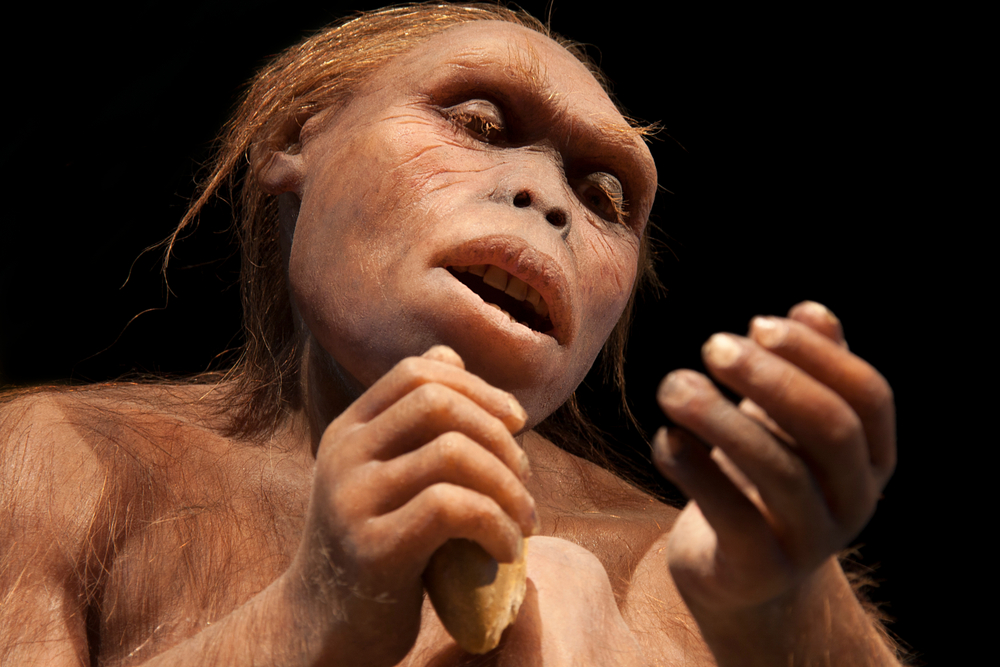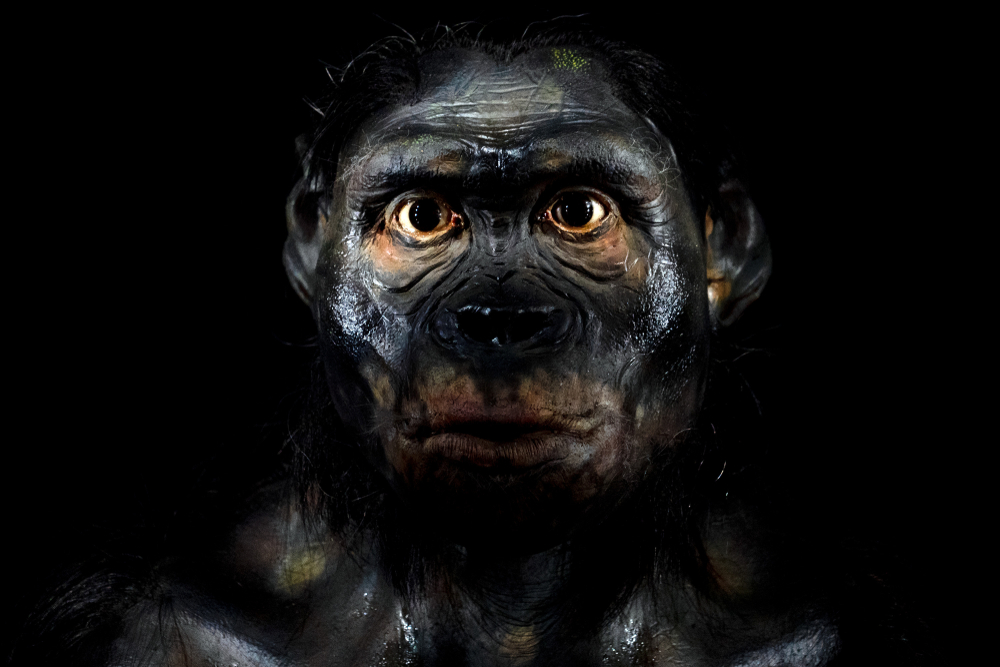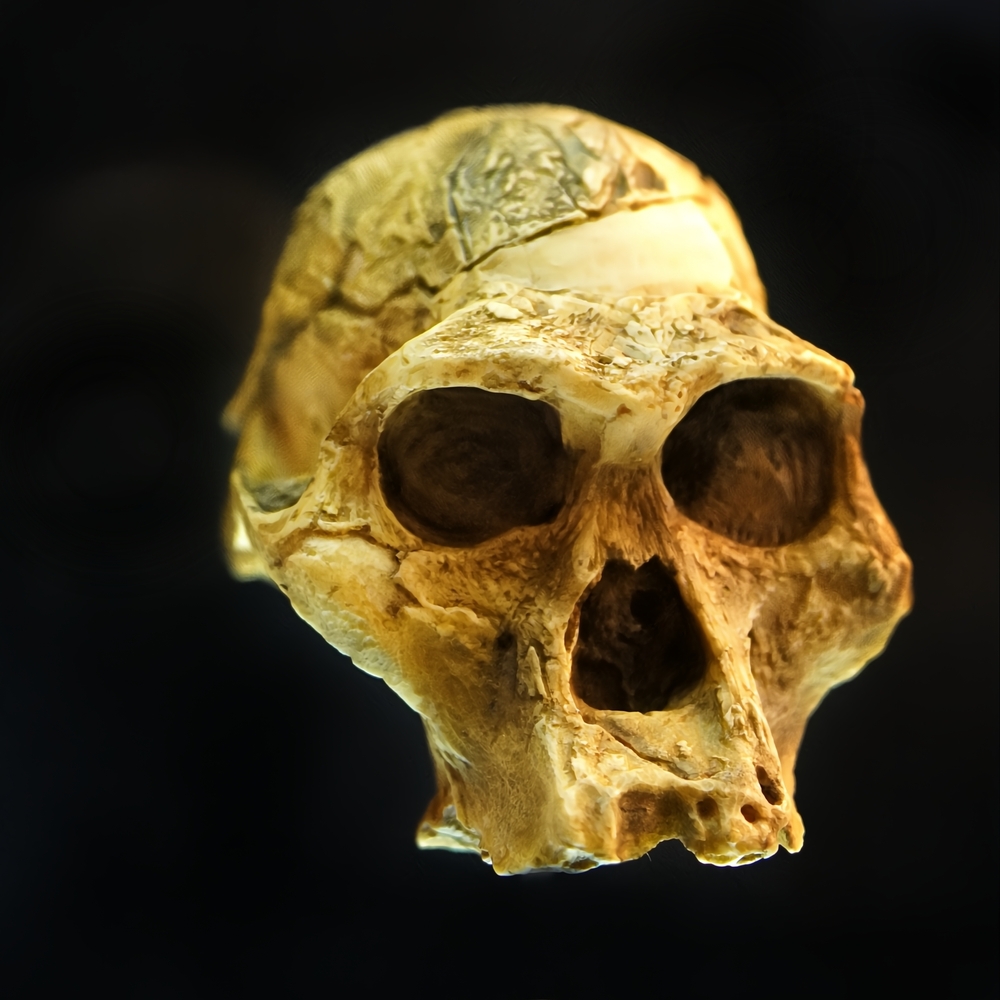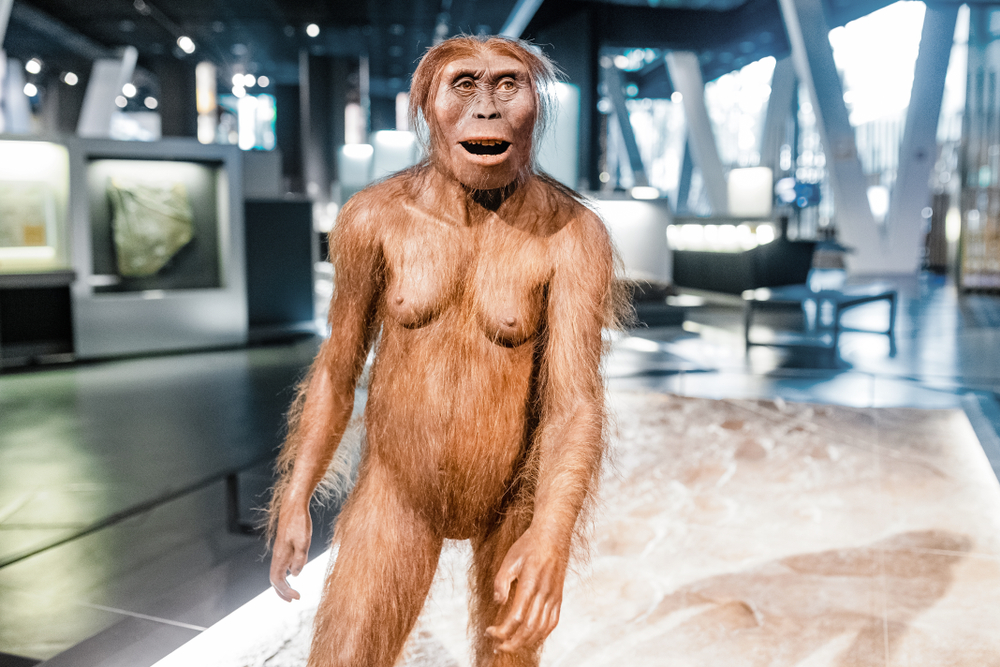
What if I told you that somewhere deep in your DNA, a stranger still whispers—a human who lived over 100,000 years ago, whose face was never seen, whose story was nearly erased by time? For years, the Denisovans were just that: ghosts in our genome, known only through fragments of bone and strands of ancient code. No face. No body. Just questions. And then, a skull emerged from the silence.
Hidden in a well for decades, the Dragon Man skull didn’t just change the game—it reminded us how much we still don’t know about who we are. Science often shows us progress in data, but every now and then, it delivers something poetic: a lost relative rising from obscurity, not to haunt us, but to humble us. This isn’t just a story about bones—it’s a story about belonging, connection, and the winding, intertwined roots of the human family tree.

Unmasking a Lost Human Lineage
For over a decade, the Denisovans remained one of the most enigmatic branches of the human family tree—known not by their faces, but by fragments. A sliver of a pinkie bone. A lone tooth. Ancient DNA told us they were a distinct group of early humans who once roamed Asia, interbred with both Homo sapiens and Neanderthals, and whose genetic traces still live in many of us today, particularly among Indigenous populations in Asia and Oceania. But for all that science could reveal about their genome, what remained elusive was their appearance—until the discovery of a remarkably well-preserved skull in northeastern China, known as “Dragon Man,” began to shift that narrative in a profound way.
Originally unearthed in 1933 during the construction of a bridge in Harbin and hidden in a well for safekeeping, the skull surfaced decades later when the discoverer’s family donated it to researchers. Measuring as one of the largest hominin crania ever found, with pronounced brow ridges and a massive braincase, the fossil sparked debate about whether it represented a new species, later named Homo longi. While its physical features set it apart from known human ancestors, the true breakthrough came with the recovery of mitochondrial DNA from hardened dental calculus on the fossil—genetic material that unmistakably linked it to the Denisovans. Although mitochondrial DNA offers limited insight compared to nuclear DNA (as it only traces maternal ancestry), the result was pivotal: it provided the first molecular bridge between a Denisovan genome and a nearly complete skull.
To further validate this link, researchers analyzed proteins preserved in the dense petrous bone of the cranium—an approach that can reveal species-level clues even when DNA is scarce. The protein signatures, too, aligned with those from other Denisovan remains, reinforcing the idea that Dragon Man may be the most complete Denisovan fossil ever discovered. While some scientists caution that the DNA recovery methods used were unconventional and warrant further testing, the mounting molecular and morphological evidence suggests that we may finally have a face to pair with the Denisovan name. This connection marks a monumental step in paleoanthropology, allowing researchers to re-evaluate other mysterious fossils across Asia and begin assembling a fuller, clearer picture of this long-lost human lineage.

Reconstructing the Denisovan Face and Form
With the Dragon Man skull now genetically linked to Denisovans, scientists have a rare and invaluable opportunity: to visualize what these ancient humans may have looked like. The fossil’s sheer completeness—intact cranium, distinct brow ridges, and even a single upper tooth—offers far more anatomical information than any previous Denisovan discovery. According to Ryan McRae of the Smithsonian National Museum of Natural History, this individual likely had a large, blocky skull with a robust build, brains comparable in size to both Neanderthals and modern humans, and teeth significantly larger than those of either. These features suggest a physically powerful hominin, possibly adapted to harsh Ice Age climates, and give us the most concrete image yet of a Denisovan face—one that looks unmistakably human, but with a unique twist shaped by time and environment.
Scientists typically rely on skulls to determine physical traits in extinct hominins, as cranial morphology provides critical clues about everything from brain size to facial structure. The Dragon Man skull, therefore, fills a vital gap left by previously discovered Denisovan fragments, which were too small or incomplete to support any detailed reconstruction. An artist’s rendering based on the Harbin fossil imagines a broad-faced, strong-jawed human with pronounced brow ridges—features that seem to align well with both genetic predictions and comparisons with other archaic humans. Importantly, the physical resemblance to Neanderthals and Homo sapiens highlights just how closely related all three groups were, despite diverging evolutionary paths.
This new image also has implications beyond appearance. It forces us to reframe how we think about human diversity in the distant past. Denisovans were not some bizarre evolutionary offshoot—they were part of a thriving network of ancient human populations who migrated, innovated, and interbred. The growing body of evidence suggests they may have had regional adaptations, with different groups evolving distinct physical traits depending on their environment. The Harbin fossil, for instance, may represent a population from northern China, while other Denisovan remains found in Tibet and Southeast Asia hint at a broader geographic and anatomical range. By anchoring the genetic data in a tangible, visible form, the Dragon Man skull doesn’t just tell us what Denisovans looked like—it helps us understand who they were in a way no genome alone ever could.

The Science Behind the Discovery — A New Era in Ancient DNA
Extracting ancient DNA is always a scientific tightrope walk, especially from fossils over 100,000 years old. The Dragon Man skull posed a formidable challenge: it had been hidden in a well for decades, exposed to the elements, and its age—estimated at at least 146,000 years—placed it well beyond the range where DNA usually survives. According to Qiaomei Fu, the lead researcher behind the breakthrough, only a handful of sites worldwide have yielded genetic material that old. Despite multiple failed attempts to retrieve DNA from the fossil’s petrous bone and tooth—both standard sources for ancient genetic material—the team refused to give up. In a bold move, they turned to a more experimental method: extracting DNA from dental calculus, the hardened plaque that can form on teeth and sometimes trap and preserve genetic material from the mouth over millennia.
This approach proved to be the turning point. From the calculus, the team successfully retrieved mitochondrial DNA, a form of genetic material passed down through the mother’s lineage. While less comprehensive than nuclear DNA—which encodes the vast majority of an organism’s traits—mitochondrial DNA still holds key evolutionary clues. In this case, it matched known Denisovan sequences, offering strong evidence that the individual belonged to that lineage. To bolster the findings, researchers conducted protein analysis on samples taken from the petrous bone. Protein sequences can persist where DNA cannot, and in this case, they too pointed clearly to a Denisovan classification. The dual success of both DNA and protein studies added significant weight to the conclusions, transforming a previously ambiguous fossil into a cornerstone of our understanding of Denisovan identity.
Still, some skepticism remains in the scientific community. Experts like Professor Xijun Ni have voiced caution about the reliability of recovering DNA from surface-level calculus while failing to find it in the fossil’s deeper structures, which are generally considered more stable. Concerns about contamination and experimental methods are not unfounded, but even cautious researchers acknowledge the significance of the results. Frido Welker, a biomolecular paleoanthropologist not involved in the study, noted that the protein evidence alone makes alternative classifications “very unlikely.” This speaks to a larger evolution in paleoanthropology, where technological advances in biomolecular science are rewriting the rulebook on how we study ancient humans. Techniques once seen as fringe are now leading the charge in solving some of our oldest evolutionary mysteries—offering not just data, but stories, context, and identity to those who came before us.
Redrawing the Map of Human History
The confirmation that Dragon Man likely belonged to the Denisovan lineage does more than give us a face—it forces us to redraw our understanding of where and how these ancient humans lived. Until now, most Denisovan evidence came from a single location: the Denisova Cave in southern Siberia. The Harbin skull, found thousands of kilometers to the east in northeastern China, alongside recent finds like a Denisovan jawbone from the Tibetan Plateau, suggests that these early humans had a far broader geographic range than previously imagined. They weren’t isolated mountain dwellers—they were widespread, adaptable, and possibly more diverse than Neanderthals, whose fossil record is both more extensive and geographically limited by comparison.
What makes this significant is how it repositions Asia—not Europe or Africa—as a major crossroads of ancient human evolution. Fossils like the Harbin skull, along with other puzzling remains found in China that defy easy classification, indicate that East Asia may have been home to multiple human lineages living side by side. Some may have interbred, others may have evolved in parallel, and a few may still remain unidentified. This challenges long-standing assumptions in paleoanthropology that have often viewed Europe as the epicenter of archaic human development, largely because of the abundance of Neanderthal fossils found there. But Denisovan evidence is rewriting that story, pointing to a rich, complex web of hominin diversity across the Asian continent.
Moreover, these findings shed new light on our own species. Modern humans didn’t just encounter Denisovans—we merged with them. Genetic studies have shown that many people alive today, especially in Southeast Asia, Oceania, and parts of East Asia, carry traces of Denisovan DNA. These genetic contributions aren’t just historical footnotes; they’ve been linked to traits like immune system function and even high-altitude adaptation in Tibetan populations. Understanding who the Denisovans were, where they lived, and how they evolved isn’t just about them—it’s about us. The story of human evolution is not a straight line from primitive to advanced, but a braided river of shared genes, crossed paths, and coexisting possibilities. The Dragon Man discovery deepens that narrative, reminding us that the world we inherited was shaped by many human hands—not just our own.
Reflecting on Legacy — What Ancient Bones Teach Modern Minds
The Dragon Man discovery isn’t just a scientific milestone—it’s a mirror. One that invites us to reflect not only on where we came from, but on how we see ourselves in the greater story of life. For centuries, we’ve drawn thick lines between us and those who came before, framing evolution as a ladder with modern humans at the top. But every ancient genome, every fossil unearthed, every molecule of DNA retrieved from tooth calculus or bone tells us something different: we were never alone. We are the sum of many histories, shaped by migrations, interactions, and shared existence with other human lineages like the Denisovans.
It’s easy to relegate such discoveries to museums or academic journals, but they carry deeper meaning for anyone willing to listen. These ancient people were not aliens or monsters—they walked under the same stars, struggled against the same cold, and probably told stories by firelight just like our ancestors did. The physical differences are there, sure. Stronger brow ridges. Bigger teeth. But the Denisovans, like Neanderthals and Homo sapiens, were human in ways that matter most: they lived, adapted, connected, and contributed to the genetic legacy we carry forward today. Their story is not separate from ours—it runs through our veins.
In a time where division feels more visible than unity, these bones remind us that the boundaries we draw—between races, nations, histories—are recent inventions, not biological truths. The real truth is humbling: we are a patchwork species, woven from threads spun across continents and millennia. The face of Dragon Man isn’t just a glimpse into the distant past—it’s a reflection of our collective identity, of the deep and complex connections that bind us all. As we unlock the secrets of ancient skulls, may we also unlock a little more compassion, curiosity, and respect—for each other, and for the many lives that shaped our shared human journey.
Loading...

